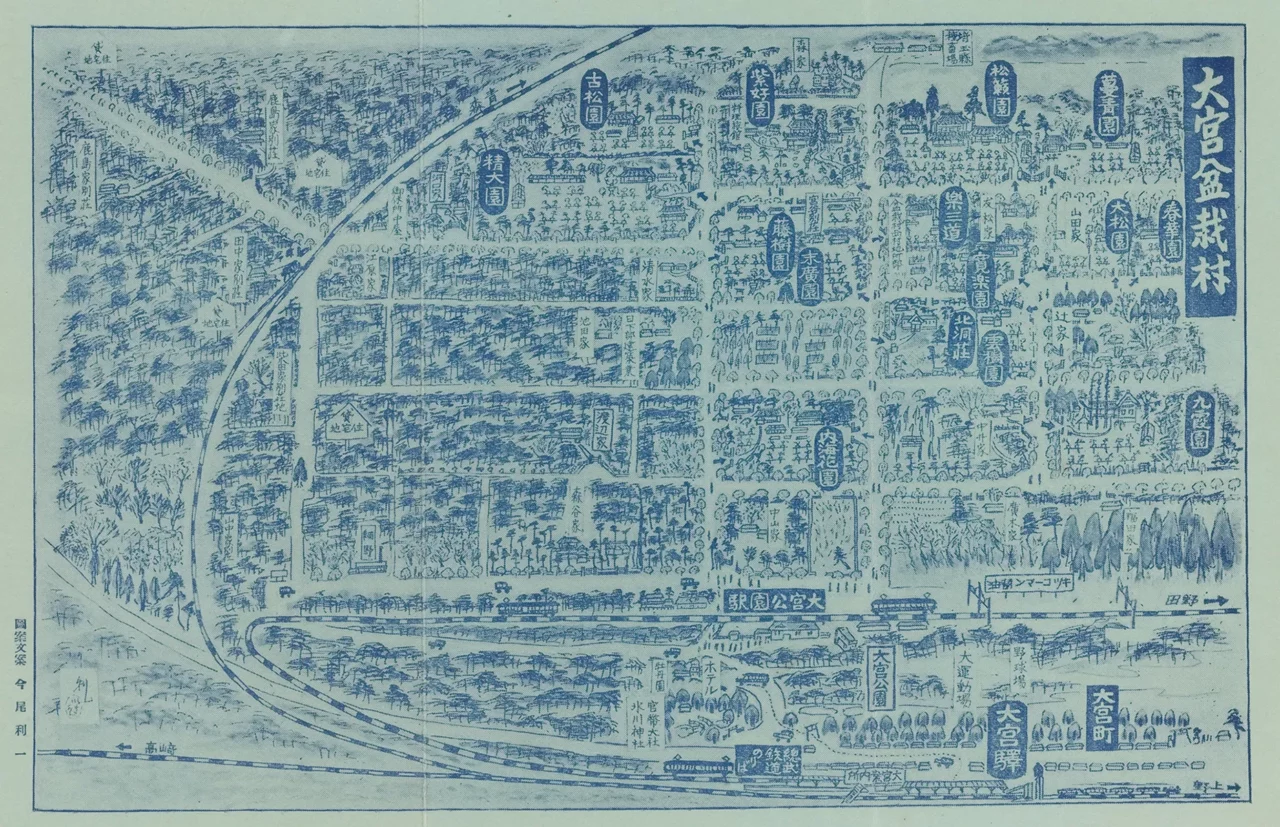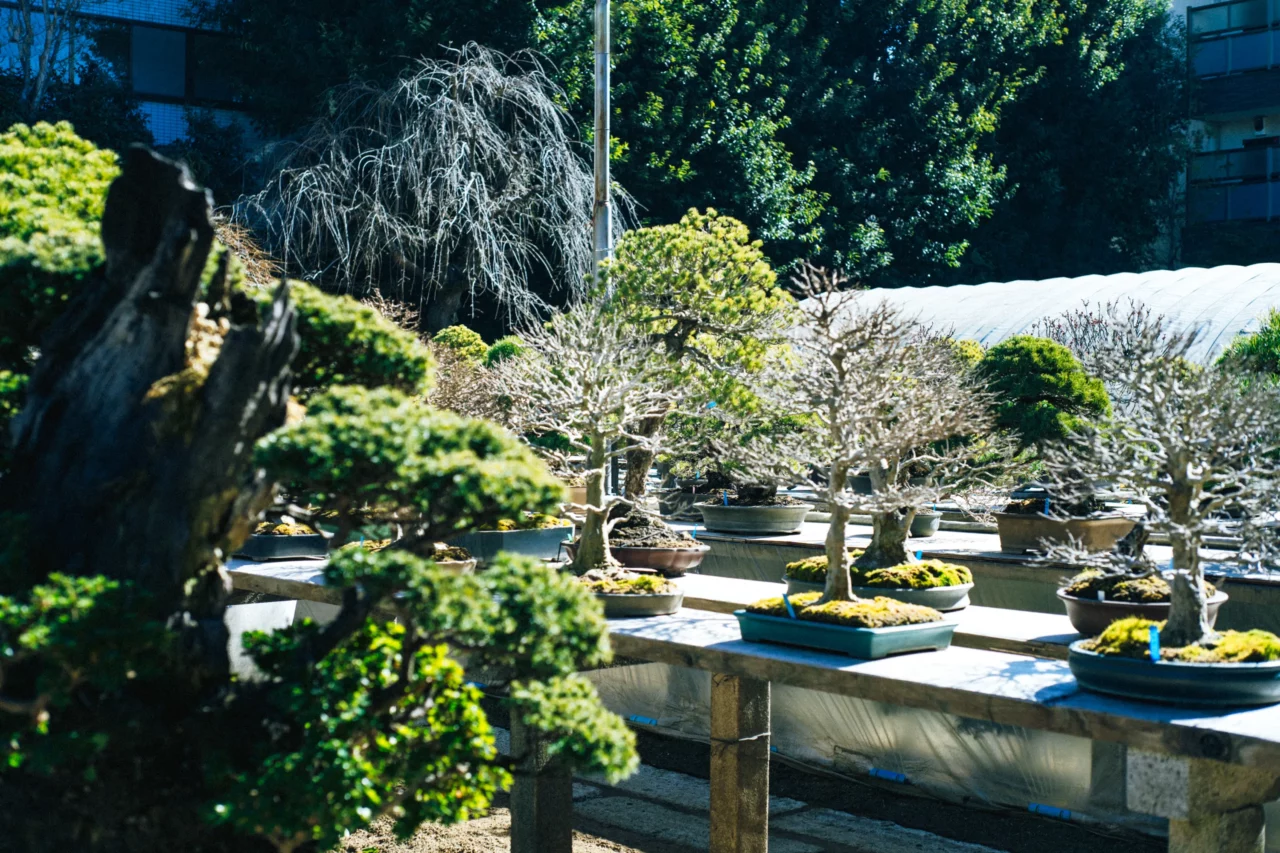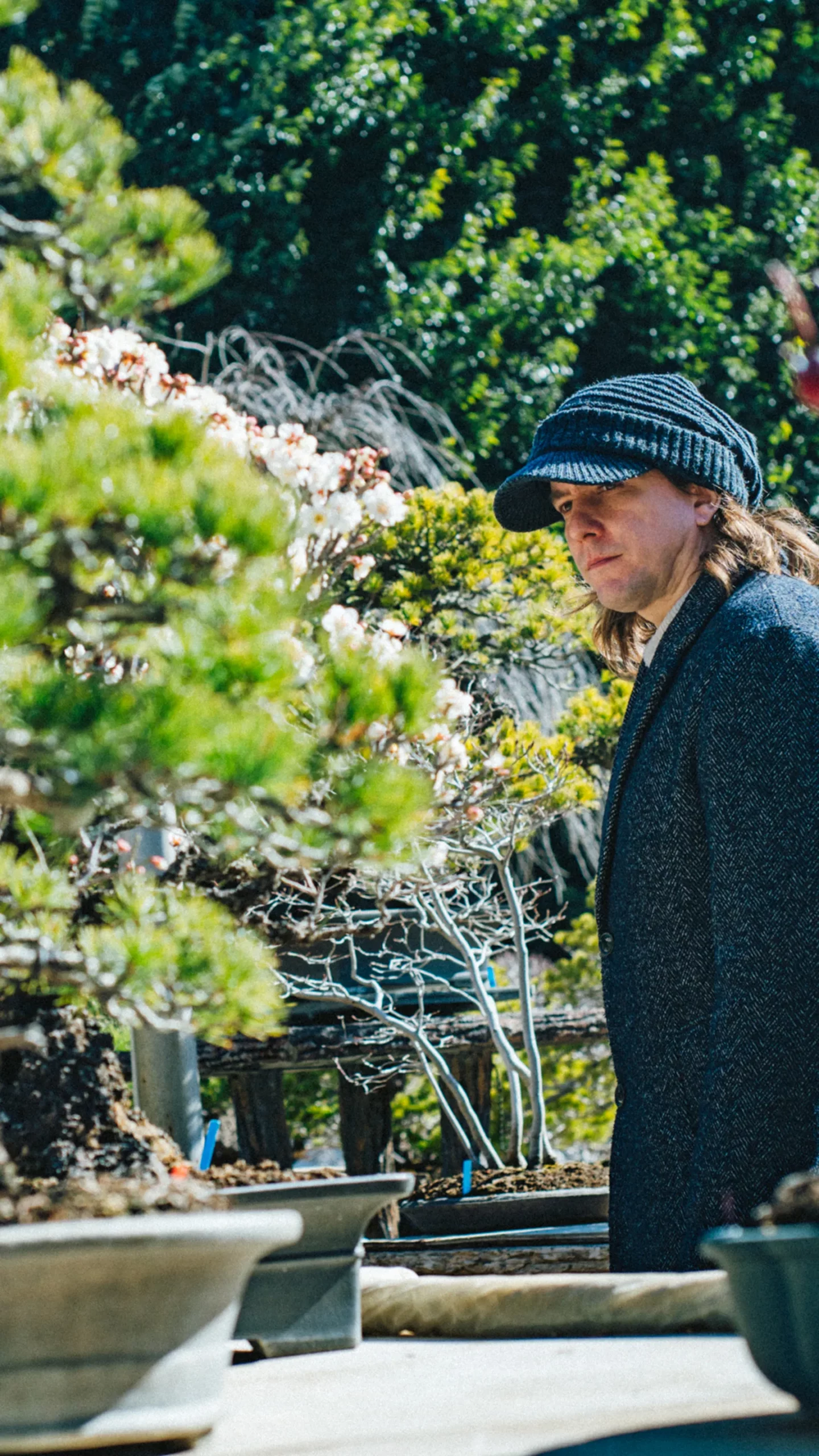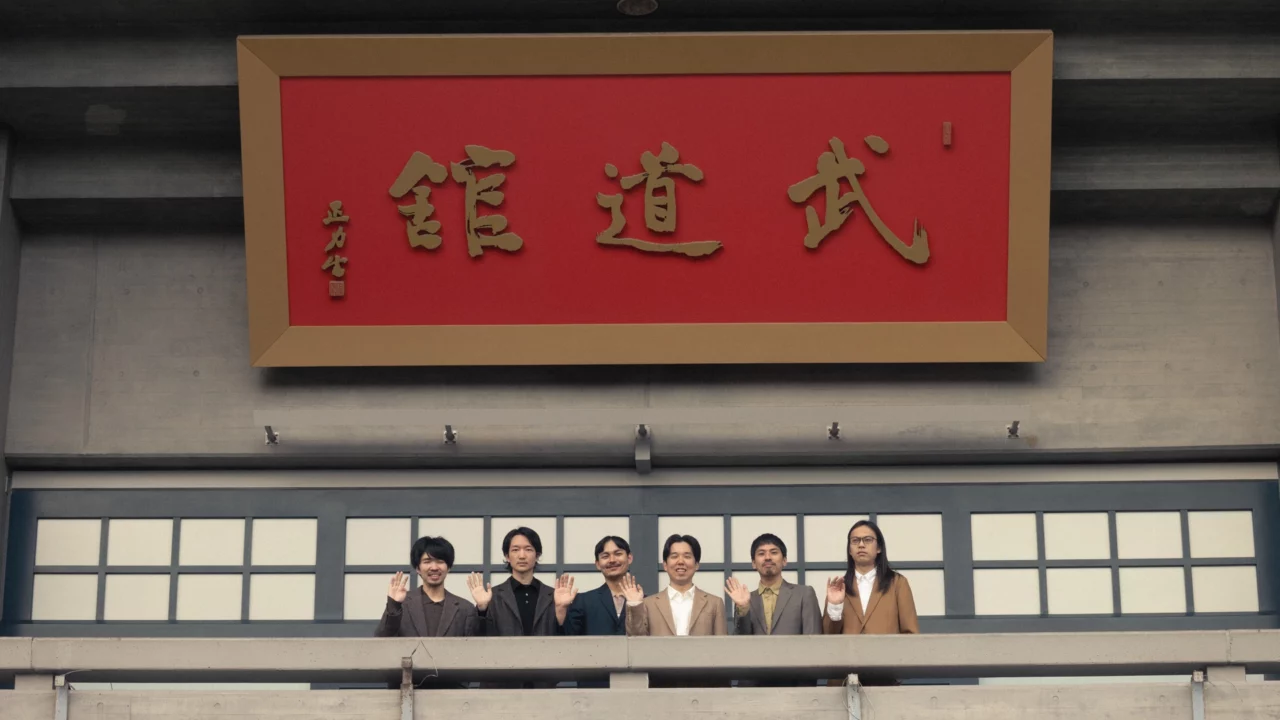A quiet revolution is reshaping Japan’s cultural landscape. From the dynamic rhythms of Nakano Yamatocho’s DAIBON to the vibrant processions of Sumida’s Sumiyume Odori Parade, a new wave of Bon Odori festivals is breathing fresh life into tradition. Meanwhile, artists are reinterpreting folklore, finding new meaning in the echoes of the past. This revival of local culture isn’t just a trend—it’s a movement, rippling across Japan and beyond.
In this spirit, the Sleeping Memory exhibition, held in Saitama this February as part of the Imaginary Saitama project, took an unexpected muse—bonsai. Through immersive audiovisual art, the exhibit invited visitors to see this centuries-old practice in a new light. Intrigued, I ventured to the heart of its legacy, Omiya Bonsai Village, to experience the “sanctuary of bonsai” firsthand.
INDEX
Glowing Particles in a Traditional Japanese Room
Stepping into a community house repurposed from an old Japanese home, I take off my shoes and enter. Inside the pitch-dark tatami room, faint particles of light begin to float, gradually forming the shape of a bonsai tree, accompanied by an ethereal soundscape. What exactly is happening here…? The unexpected scene makes me pause in awe for a moment.
This is a glimpse into Sleeping Memory, an audiovisual installation by Leonid Zvolinsky, exhibited at Bonsai Shiki no Ie in Omiya Bonsai Village—known as the “sacred ground of bonsai”—from February 8 to 16, 2025, in Saitama City’s Kita Ward.
That said, there are many questions to unravel. First, why is Saitama’s Kita Ward, Bonsai-cho, considered the heart of bonsai culture? What exactly is Omiya Bonsai Village? How did a digital art piece emerge from a theme seemingly so distant from the digital world—bonsai? And ultimately, what is this work trying to convey to its audience?
This article explores these questions and takes a deeper look at the thriving art scene in Saitama. We also had the chance to speak with Sleeping Memory‘s creator, Zvolinsky, and will share his insights along the way.

INDEX
A Bonsai Paradise Thrives in Saitama
Omiya Bonsai Village is a densely packed area of bonsai gardens located to the north of Omiya Park Station on the Tobu Urban Park Line. Following the Great Kanto Earthquake, bonsai craftsmen who had been affected by the disaster in Tokyo sought a new place to settle. They moved in groups to this location, which was well-suited for bonsai cultivation due to its strong soil, high-quality earth, water, and air. This marked the beginning of the village.

In those early years, a set of community rules fueled by a deep love for bonsai took shape: “Every household must have at least 10 bonsai,” “Gates must remain open,” “No two-story buildings,” and “Hedges should be made from living plants.” This collective spirit created an environment that could be likened to a bonsai artisan’s utopia. Enthusiasts and supporters were drawn to this unique vision, and by the height of its pre-war prosperity, over 30 bonsai gardens had emerged. This community, united by a shared passion, became a living embodiment of bonsai culture.
The town’s name was officially changed to “Bonsai Town,” and in 2010, the world’s first public bonsai museum, the Saitama City Omiya Bonsai Art Museum, was born. While the number of bonsai gardens has now dwindled to just six, traditional artisans with refined skills continue to coexist with younger artists pushing creative boundaries, ensuring that this village remains the heart of bonsai culture both in Japan and beyond.
Omiya Bonsai Village, which began its journey in 1925 after the Great Kanto Earthquake, will celebrate its 100th anniversary in 2025. That century reflects the dedicated and passionate steps taken by bonsai lovers who have nurtured this tradition.

























